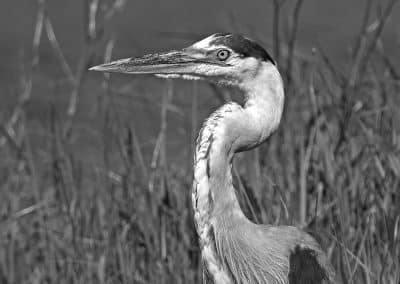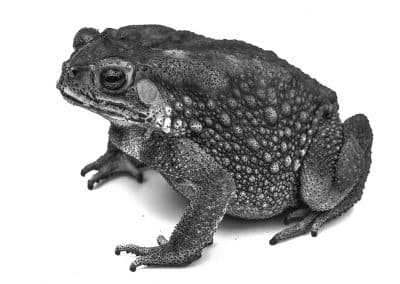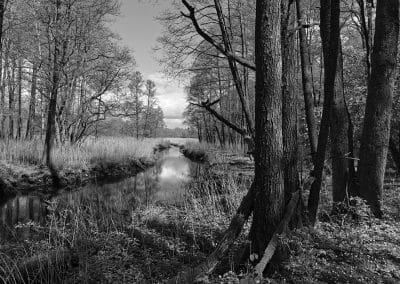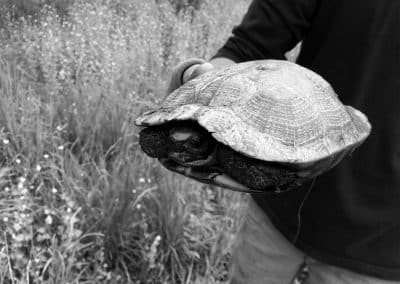Riparian Buffer
What is a Riparian Buffer?
A riparian buffer is a vegetated area that serves as a transition between land to a stream or lake. Buffers help to protect the water from the impact of adjacent land uses, by filtering nonpoint source pollutants and providing bank stabilization. Riparian forest buffers also help shade the stream, keeping the water cool to support a healthy environment for aquatic organisms, including fish and macroinvertebrates.
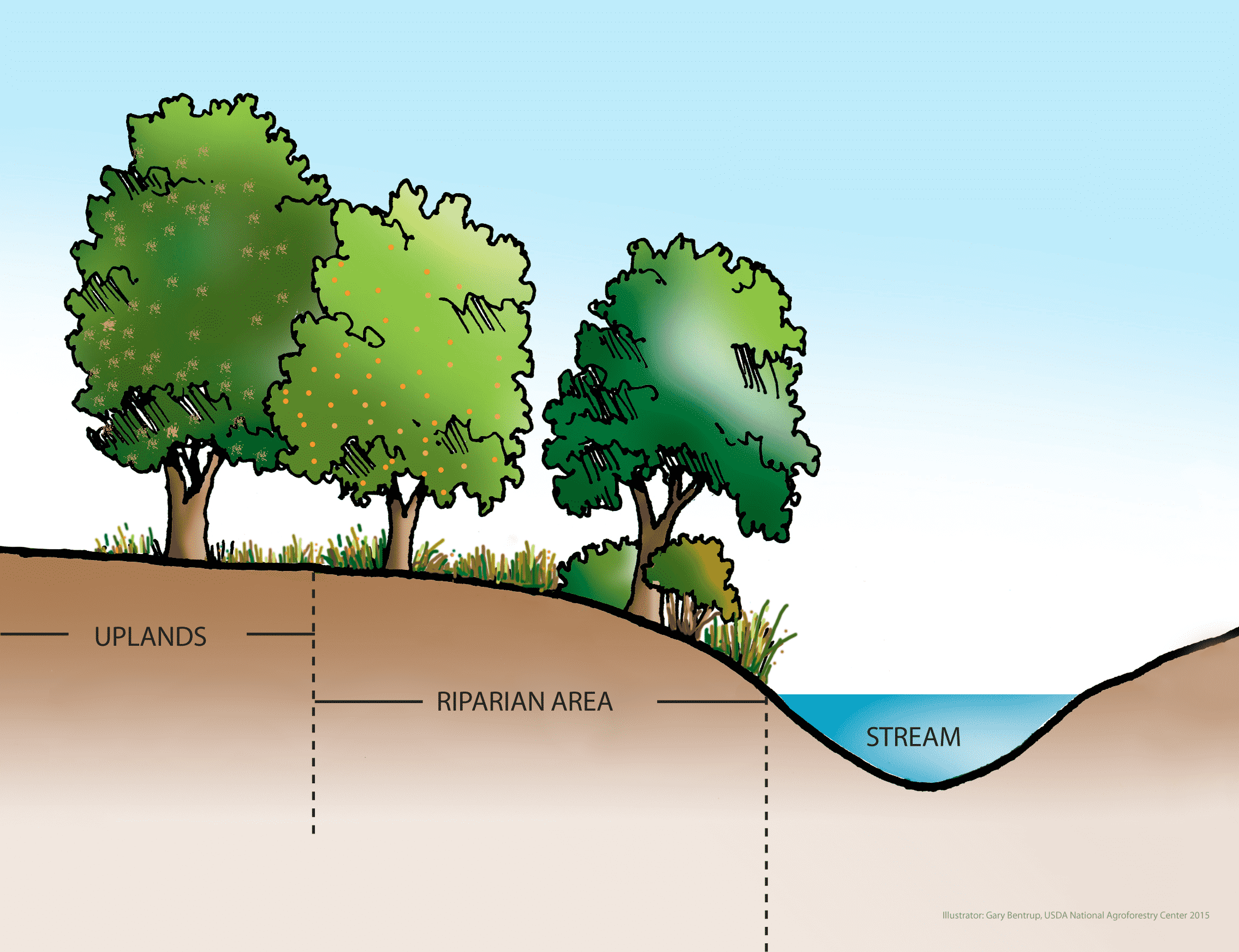
Why is it Important?
Riparian buffers trap sediment from agricultural fields, lawns and roads. The sediment is deposited in the buffer rather than being allowed to enter the water. The plants within the buffer act as natural filters by absorbing pollutants such as fertilizers, animal waste, herbicides, pesticides, oil, and road salt. A riparian buffer prevents surface runoff from moving too quickly over the ground before it can soak into the soil and will recharge the groundwater supply. This also aids in flood control. A good riparian buffer will provide a better habitat for aquatic organisms by keeping streams cool and deadly sediment and pollutants out; as well as providing food and habitat for aquatic invertebrates. Riparian buffers also increase the habitat for life on land; providing shelter, food, water, and breeding environments for birds, mammals, amphibians and reptiles.
Types of Riparian Buffers
Vegetated “Grass” buffer
This buffer consists of grasses and native wildflowers. It is typically used along small streams and other drainage areas that flow through residential areas or crop fields.
Forest buffer
Trees and shrubs stabilize the stream bank and provide shade and habitat for aquatic organisms.
Multi-Functional buffer
Buffers can be planted to specific desires of the landowner. For example, edible riparian buffers consist of plants that have edible fruits or nuts, such as, elderberry or blueberry bushes or fruit trees. Floriculture buffers with selected native flowers for harvesting or enjoyment are also an option.
Fun Facts
- PA has more than 86,000 miles of rivers and streams. Imagine buffers along all of them!
- Trees in a buffer act like shock absorbers to diffuse the energy of floodwaters.
- Native plants should always be used when planting a buffer.
%
An estimated 55% of the Chesapeake Bay watershed's 288,000 miles of stream banks and shorelines have forest buffers in place. But scientists have found that rivers and streams are not protected until at least 70% of their edges are buffered.
%

